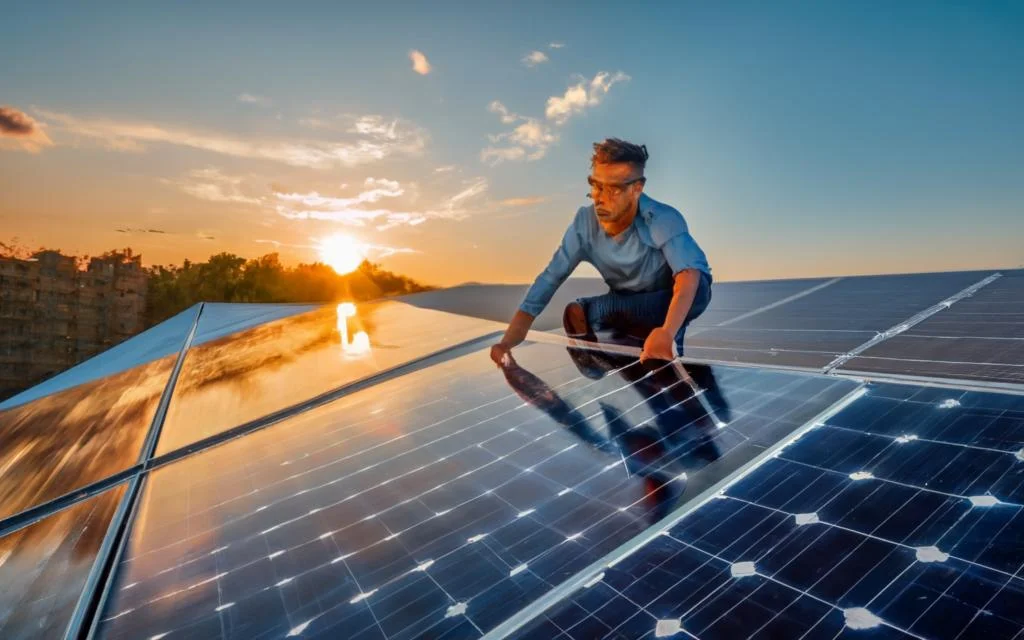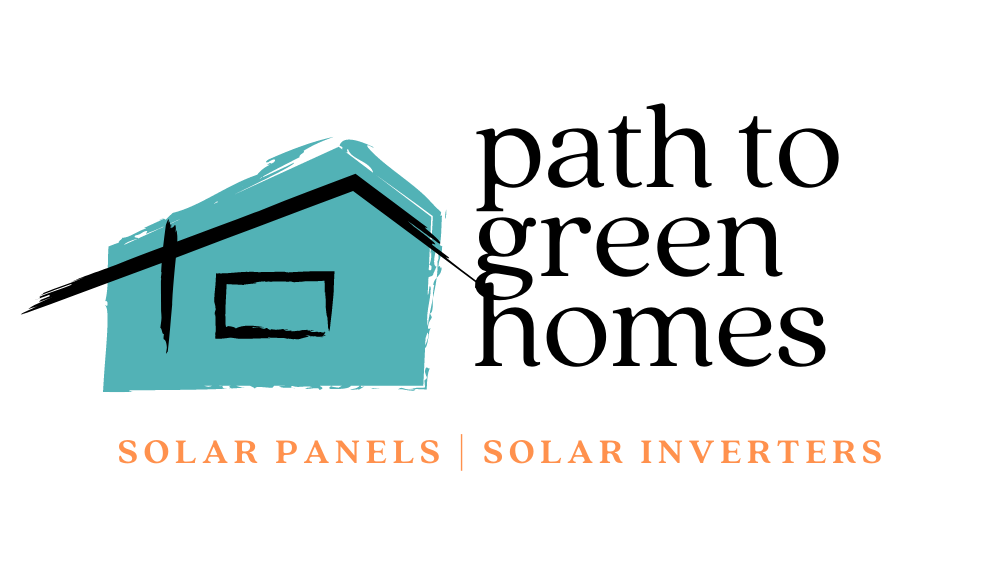
0 Model Selected(3 Max) | |||||||||
|---|---|---|---|---|---|---|---|---|---|
| Manufacturer(i)Choose Brand or Manufacturer name | |||||||||
| Series(i)Solar Series are group of related products | |||||||||
| Model(i)Solar model | |||||||||
| Electrical | |||||||||
Pmax(w)(i)The DC power of the solar panel at 25 degree and 1000W/m2 | -- | -- | -- | ||||||
Vmpp(i)DC Voltage of each solar panel , used to calculate the no of panels to be connected in series | -- | -- | -- | ||||||
Impp(i)DC current of each solar panel is used to select an inverter with higher current rating . e.g. if solar panel current has 10A current , then an inverter must accept more than 10A / string . Its not to confused with the overall input current rating of the inverter ( 20A /44A etc) | -- | -- | -- | ||||||
Voc(i)DC Voltage of each solar panel , used to calculate the no of panels to be connected in series | -- | -- | -- | ||||||
Isc(i)DC current of solar panel is used to select an inverter with higher current rating . Solar panel current with 10A current can only work with inverter > 10A / string. | -- | -- | -- | ||||||
Efficiency(i)The nameplate rating only reflects the efficiency at 1000W/m2 . A low quality module will suffer a steep drop in efficiency under low irradiation, which will be most evident below 500W/m2 ( I plan to have this comparison in future) | -- | -- | -- | ||||||
| Solar Cells | |||||||||
Solar Cell(i)Different Solar cell technologies have the simple agenda to increase efficiency. Poly = lower efficiency ; Mono = Higher efficiency ; Mono PERC = higher efficiency than Mono ; Hetro Junction = Highest efficiency with additional 5%-10% energy gain | -- | -- | -- | ||||||
Number of Cell(i)When manufacturers want to increase panel wattage , they can scientifically increase efficiency or boost wattage by increasing the no of cells | -- | -- | -- | ||||||
Bi Facial(i)Bi Facial panels generate extra energy at the back side due to reflection. This increase can be 10% -15% depending on the type of backside surface | -- | -- | -- | ||||||
| Backsheet | |||||||||
Type1(i)Best in class are "flouro film based " and " Polyamide (recycle) " . While PET is okay for mild climates the Coated are least durable | -- | -- | -- | ||||||
Type2(i)Best in class are "flouro film based " and " Polyamide (recycle) " . While PET is okay for mild climates the Coated are least durable | -- | -- | -- | ||||||
Type3(i)Best in class are "flouro film based " and " Polyamide (recycle) " . While PET is okay for mild climates the Coated are least durable | -- | -- | -- | ||||||
| Anti Relective Coating on glass | |||||||||
Type1(i)Anti Reflective coating creates a 15Wp - 20Wp gain in panel wattage which is build in your panel Wattage already . Additionally ARC absorbs more sunlight at sun angles > 30 . | -- | -- | -- | ||||||
Type2(i)Anti Reflective coating creates 15Wp - 20Wp gain in panel wattage which is build in your panel already . Additionally ARC absorbs more sunlight at sun angles > 30 . | -- | -- | -- | ||||||
Type3(i)Anti Reflective coating creates 15Wp - 20Wp gain in panel wattage which is build in your panel already . Additionally ARC absorbs more sunlight at sun angles > 30 . | -- | -- | -- | ||||||
Country of Origin | -- | -- | -- | ||||||
Performances | |||||||||
Power Tolerance(i)Positive watt class sorting means all panels will have minimum power in the range . This can be figured from the zero ( "-0"/+Wp). Interconnection of solar modules which do not have identical properties or which experience different conditions from one another will lead to losses. Which is why narrow band ( -0/+5) between lowest and highest wattage panel is preferred. | -- | -- | -- | ||||||
Temperature coefficient of PMPP (%/°C)(i)All modules reduce their power output as temperature increases. In typical multicrystalline modules the rate of degradation is approx-0.5%/C for temperatures above 25C. | -- | -- | -- | ||||||
Noct(i)Standard Test Conditions are not reflective of real-world performance. NOCT values are a global standard also and are measured at conditions that provide a better indication of real-world performance. | -- | -- | -- | ||||||
Max. system voltage (V)(i)1000V or 1500V will decide the no of solar panels which can be connected in series | -- | -- | -- | ||||||
Reverse Current Rating (A)(i)Residential market uses solar panel system for 1-6KWp which can have 3 strings in parallel. To put 3 strings in parallel , fuses are required to safeguard 1 string against sum of reverse current rating from other 2 strings . | -- | -- | -- | ||||||
Dimension | |||||||||
W (mm)(i)Standard / Small Size panel is better. A lot of manufacturers are just adding cells to increase wattage and get buyer attention. | -- | -- | -- | ||||||
H (mm)(i)Standard / Small Size panel is better. A lot of manufacturers are just adding cells to increase wattage and get buyer attention. | -- | -- | -- | ||||||
D (mm)(i)Thickness of the solar panel . The overall thickness of panel can be varied by glass & aluminum frame . More the thickness , more is mechanical strength . E.g. 40mm panel thickness is stronger than 35mm panel thickness. | -- | -- | -- | ||||||
Junction Box (IP Rating)(i)Junction is at back side of solar panel. Its IP Rating is the ability against water exposure. | -- | -- | -- | ||||||
Mechanical Strength | |||||||||
Weight (kg)(i)Lower weight of panel is better for ease of installation but can reduce mechanical strength. | -- | -- | -- | ||||||
Max Wind Pressure (Pa)(i)800Pa corresponds to wind speed of 130kmph but a 3X gust factor is mandatory as per certification .Products offered can be checked and compared for higher glass thickness (4mm over3,2mm) leading to more glass weight and more profile thickness ( 30mm, 35mm, 40mm, 50mm...) | -- | -- | -- | ||||||
Max Snow Load (Pa)(i)To achieve high snow load prefer panels with thicker alumunium frames . Common frame thickness are 30mm ,35mm , 40mm , 45mm and 50mm | -- | -- | -- | ||||||
Salt Spray Certification (Level 1-6)(i)Panel to protect against " Salt " corrosion. The highlest level 6 should be preferred at coastal areas | -- | -- | -- | ||||||
Ammonia Certification(i)Panel to protect against " Ammonia " corrosion | -- | -- | -- | ||||||
Warranty | |||||||||
Product Warranty(i)To be free from defects in material and workmanship .Will remain safe and operational . Will not experience freezing up of the aluminum frames. The outer appearance of the Product, including scratches, stains, rust, mould, discoloration and other signs of normal wear and tear, which occurred after delivery or installation, do not constitute defects, provided the functionality of the Product is not affected. Glass breakage constitutes a defect only if not caused by any external influence. | -- | -- | -- | ||||||
Performance Warranty(i)Warranty year on year against natural solar panel degration. | -- | -- | -- | ||||||
Stepped or Linear Warranty(i)Linear warranty has performance guarantee for each year ; while stepped warranty has the the first milestone only after 10 years | -- | -- | -- | ||||||
Warranty at end of Year 1(i)Warranty at the end of year one against natural solar panel degration , compared to initial panel wattage ( 100%) | -- | -- | -- | ||||||
Warranty at end of Year 25(i)Warranty at the end of year 25 due to natural solar panel degration , compared to initial panel wattage ( 100%) | -- | -- | -- | ||||||
Warranty at end of Year 30(i)Warranty at the end of year 30 due to natural solar panel degration ,compared to initial panel wattage ( 100%) | -- | -- | -- | ||||||
